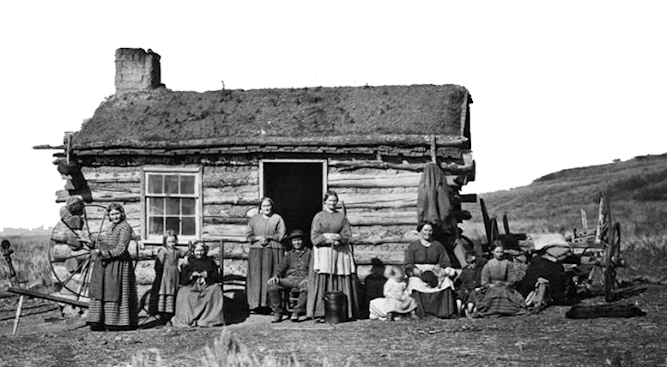 |
| Typical 19th Century Homestead |
Before 1800, the minimum homestead lot size was 640 acres. At the turn of the 19th century, the minimum lot size was cut to 320 acres. Settlers must make some improvements to the land, build a cabin or service structures, raise crops, raise livestock, etc. The price per acre remained fixed at $1.25 per acre ($400 total for 320 acres; $13,625 today) until 1854, when federal legislation was enacted establishing a graduated scale that adjusted land prices to reflect the desirability of the lot. Landowners were allowed to pay for the land in 4 installments.
19th CENTURY POPULATION TERMS
CITY (300K - >1M)
COUNTY (100K - 300K)
TOWN (10K - 100K)
TOWNSHIP (1K - 10K)
VILLAGE (200 - 10K)
HAMLET (<200)
SETTLEMENT (<100 Occup.)
ROADHOUSE / INN (<50 Occup.)
SALOON / TAVERN (<20 Occup.)
Copyright © 2022 Neil Gale. All rights reserved.

